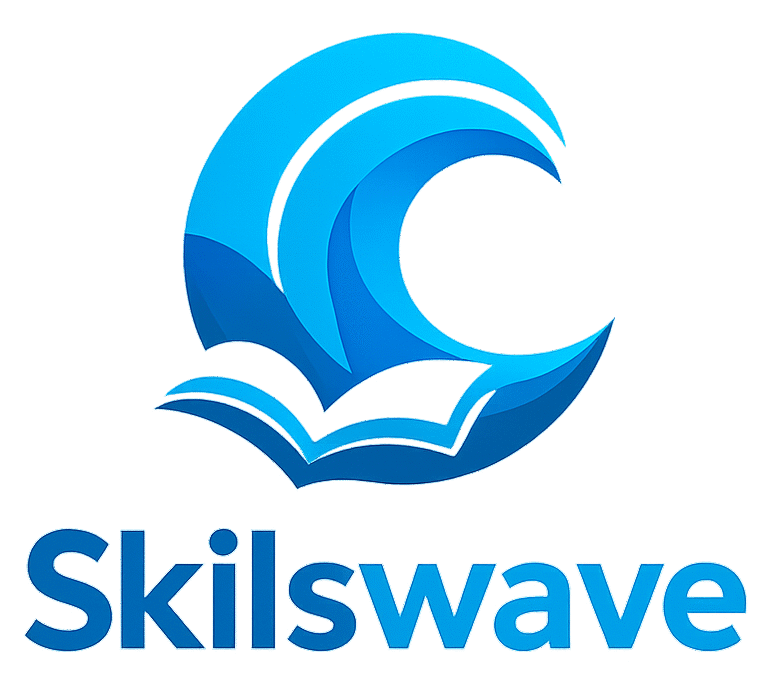Beyond the Screen: Top 10 Emerging Technologies Revolutionizing Online Education in 2025
The COVID-19 pandemic undeniably accelerated the adoption of online education, transforming it from a niche alternative to a mainstream necessity. But as we move beyond reactive measures, the next wave of innovation is poised to redefine what’s possible in digital learning. By 2025, a confluence of emerging technologies will not just enhance, but fundamentally redefine online education, making it more personalized, immersive, accessible, and effective than ever before.
This article explores the top 10 emerging technologies that will reshape the online learning landscape, offering a glimpse into a future where education is truly borderless and tailored to individual potential.
1. Artificial Intelligence (AI) and Machine Learning (ML) for Personalized Learning Paths
AI is at the forefront of this revolution. By 2025, AI-powered platforms will move beyond simple recommendations to create truly personalized learning paths. Machine learning algorithms will analyze student performance, learning styles, and engagement patterns to adapt content difficulty, suggest supplementary resources, and identify areas where intervention is needed. This means every student gets an education uniquely sculpted to their needs, maximizing comprehension and retention.

2. Virtual Reality (VR) and Augmented Reality (AR) for Immersive Learning Experiences
VR and AR are set to transform theoretical concepts into tangible experiences. Imagine medical students practicing complex surgeries in a virtual operating room, history students exploring ancient Rome through an AR overlay, or engineering students disassembling and reassembling virtual engines. These technologies offer unparalleled immersion, hands-on practice, and a deeper understanding of subjects that are difficult to convey through traditional text or video.
3. Haptic Technology for Tactile Feedback
Complementing VR and AR, haptic technology introduces the sense of touch into online learning. Haptic devices can simulate textures, resistance, and vibrations, allowing students to “feel” virtual objects. This is invaluable for vocational training, scientific experiments, or even art classes where the tactile sensation of materials is crucial. It bridges the gap between digital interaction and real-world manipulation, enhancing practical skill development.
4. Blockchain for Secure Credentialing and Lifelong Learning Records
Blockchain’s decentralized and immutable ledger technology will bring unprecedented security and transparency to educational credentials. Diplomas, certificates, and skill badges can be stored on a blockchain, making them tamper-proof and easily verifiable. This not only combats credential fraud but also creates a secure, lifelong record of learning achievements, empowering individuals to own and share their educational journey across different institutions and career stages.
5. 5G Connectivity for Seamless, High-Fidelity Learning
The widespread rollout of 5G networks will dramatically reduce latency and increase bandwidth, fundamentally improving the online learning experience. High-definition video lectures, large interactive simulations, and real-time collaborative VR environments will run smoothly without buffering or lag. This robust connectivity is crucial for leveraging many of the other emerging technologies on this list, making rich, interactive content truly accessible anywhere.
6. Adaptive Testing and Assessment through Biometrics
Beyond traditional quizzes, emerging biometric technologies will facilitate more nuanced and continuous assessment. Eye-tracking can gauge attention and confusion, facial recognition (with consent) can infer engagement levels, and voice analysis can identify speech patterns indicative of understanding or struggle. This data, combined with AI, allows for adaptive testing that adjusts question difficulty in real-time and provides educators with richer insights into student comprehension, moving beyond rote memorization to true mastery.
7. Gamification and Serious Games
Gamification – applying game design elements and game principles in non-game contexts – will become even more sophisticated in online education. Beyond simple points and badges, serious games are designed specifically for learning outcomes, simulating real-world challenges in engaging virtual environments. These immersive games foster problem-solving skills, critical thinking, and collaborative learning, turning complex subjects into addictive challenges.
8. Digital Tutors and AI-Powered Chatbots
While not replacing human educators, AI-powered digital tutors and chatbots will provide instant support and personalized guidance 24/7. These tools can answer questions, provide feedback on assignments, offer supplementary explanations, and even conduct conversational practice in new languages. They act as an invaluable resource, extending the reach of instruction and ensuring students never get stuck due to a lack of immediate assistance.
9. Learning Analytics Dashboards and Predictive Modeling
Educators and institutions will leverage advanced learning analytics dashboards to gain deep insights into student engagement, performance, and potential drop-off risks. By analyzing vast datasets, predictive modeling can identify students who might be struggling before they fall behind, allowing for proactive intervention. This data-driven approach empowers educators to refine teaching strategies, optimize curriculum, and ensure student success on an unprecedented scale.
10. Web3 and Decentralized Autonomous Organizations (DAOs) in Education
The principles of Web3, including decentralization and user ownership, will begin to influence online education. Educational DAOs could emerge, allowing communities of learners and educators to collectively govern and fund learning platforms, curate content, and validate skills. This could lead to more democratic, transparent, and community-driven educational models where learners have a direct stake and influence over their learning environment and credentialing.
The landscape of online education in 2025 will be vastly different from what we know today. These emerging technologies promise a future where learning is not just convenient, but profoundly transformative – offering experiences that are deeply personal, incredibly engaging, and globally accessible. Embracing these innovations will be key for institutions and learners alike to thrive in the educational paradigm of tomorrow.
